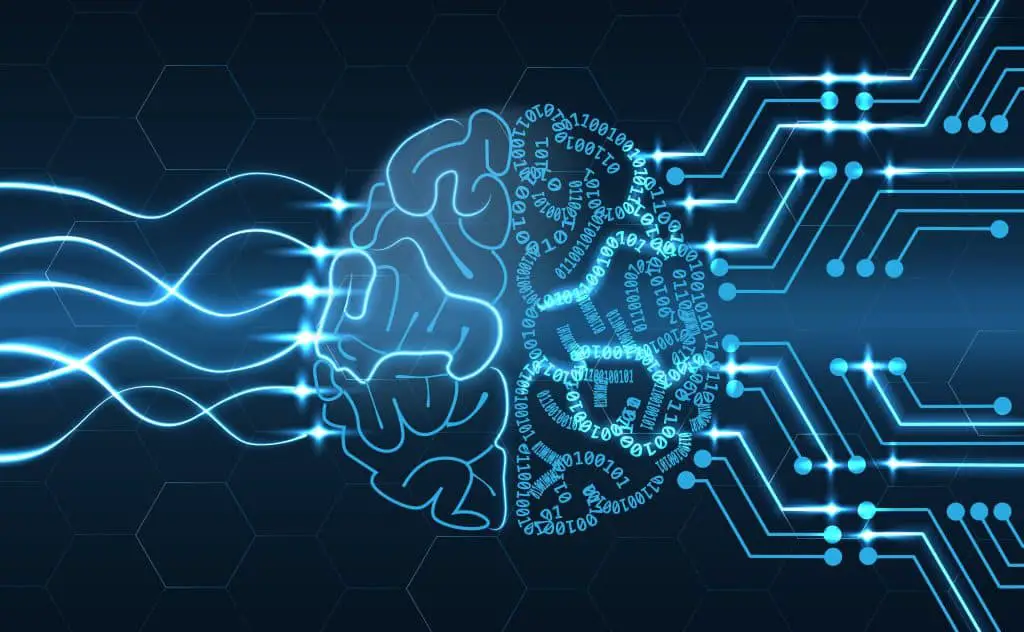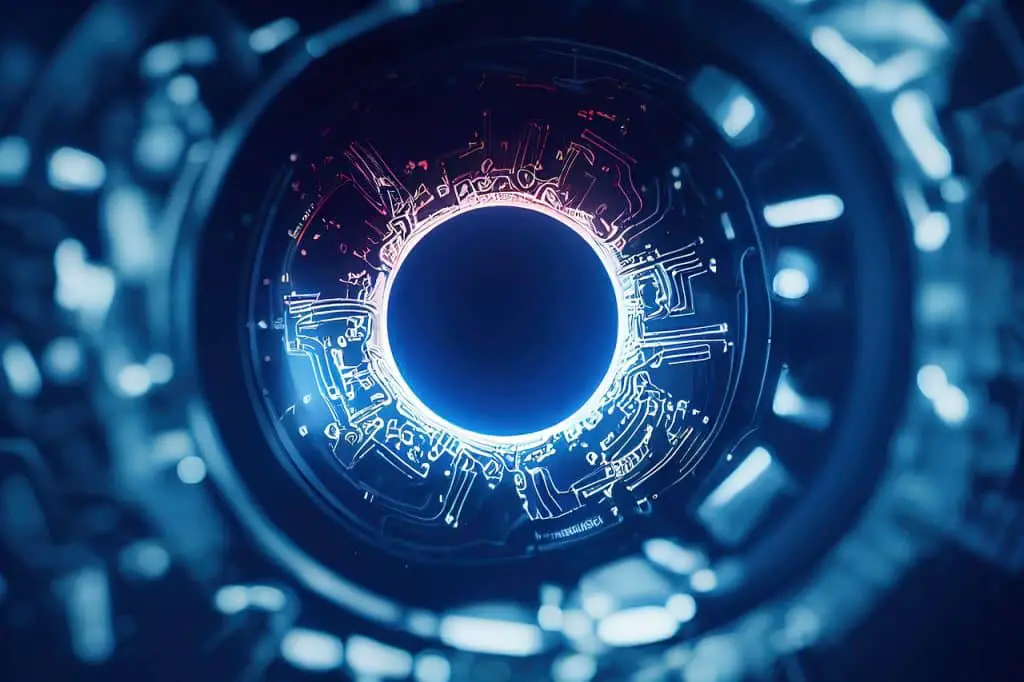Could AI help overcome one of the biggest hurdles in quantum computing? New research from Australia’s national science agency has found that AI could help resolve errors in quantum computing. This is a key step that could one day lead to a quantum computer solving complex real-world problems.
AI Could Help Develop a Quantum Computer
A CSIRO research, published in the journal Physical Review Researchdiscovered for the first time that artificial intelligence could help process and resolve quantum errors known as qubit noise, which are generated by the nature of quantum physics.
Overcoming these errors is widely considered the biggest obstacle to moving advanced quantum computers from experiment to instrument.
In conventional computers, information is stored and processed in “bits,” which work on the principles of binary numbers. Each bit can represent either 0 or 1. But quantum computer devices are made up of quantum bits, or “qubits.”
These work on the special properties of quantum mechanics, allowing them to represent 0, 1, or both 0 and 1 at the same time. This is expected to unlock immense computing power, allowing them to solve problems beyond the reach of conventional computers.
The delicate nature of a qubit also causes a quantum computer to generate “noise,” or errors, in its output. To overcome this problem, quantum error-correcting codes are used to detect and correct the errors.
CSIRO has implemented a neural network syndrome AI decoder to detect errors and make corrections. CSIRO’s Data61 Quantum Systems team leader Dr Muhammad Usman said the work can efficiently process complex errors on real quantum hardware.

“Our work demonstrates for the first time that a machine learning-based decoder can, in principle, process error information obtained directly from measurements on IBM devices and suggest appropriate corrections despite the very complex nature of the noise,” he said.
“In our work, we do not observe any error suppression when the error-correcting code distance is increased, as theoretically expected, due to the current high noise levels (above the code threshold) in IBM quantum processors.”
Quantum error-correcting codes have been developed to combat the underlying physical noise in qubits by distributing the logical information across many physical qubits.
These codes interpret error information by measuring stabilizers within a lattice of qubits, called a syndrome measurement. An efficient, fast, and scalable implementation of a computationally expensive syndrome processing stage is critical to the overall performance of quantum error-correcting codes.
To improve the efficiency of this correction, Dr. Usman implemented and trained a syndrome decoder via artificial neural network.
The performance of the neural network decoder was directly compared to IBM quantum processors, demonstrating that it can efficiently process complex errors from real quantum computers and make appropriate corrections.
Research suggests that as physical error rates decline in the coming years, AI may enable error suppression as code distance increases, even achieving full fault tolerance when code distance becomes large enough.
Microsoft’s ‘quantum logical bits’ quantum computer Quantinuum runs 14,000 experiments without errors
A team of computer engineers from quantum computer maker Quantinuum, working with computer scientists from Microsoft, has found a way to significantly reduce errors when running experiments on a quantum computer. The combined group has posted a paper describing their work and results on the preprint server arXiv.
Computer scientists have been working for years to build a truly useful quantum computer that can achieve quantum supremacy. The research has come a long way, much of it involving the addition of more qubits.
This research has been hampered by one major problem: a quantum computer makes a lot of mistakes. To overcome this problem, researchers have looked for ways to reduce the number of errors or correct errors made before the results are produced.

One of the companies working to reduce errors is Microsoft, and their main goal has been to design and utilize logical quantum bits through what they describe as “active syndrome mining,” where some logical qubits are created using multiple physical qubits. The overall system is described by the team as a qubit virtualization system.
In this new effort, Microsoft has partnered with Quantinuum, a quantum computer hardware company. Quantinuum provided the H2 computer (based on ion trap qubits) and Microsoft added the logical qubit software. Together, they used 30 physical qubits to create four logical qubits.
The software diagnoses errors and corrects them while calculations are in progress without destroying the logic qubits through its active syndrome extraction technique. The technique involves learning details about qubits from noise, rather than measuring them.
Together, the research team tested their approach by running 14,000 experiments on the H2. They found that it completed all of them without producing a single detectable error. Further testing showed that the system had an error rate of 1 in 100,000, which is about 800 times better than the result of the same quantum computer without Microsoft’s logical qubits.
After completing the tests, Microsoft claimed that the team had created a Level 2 quantum computer, which is a computer with a reasonably low error rate and that can be scaled up.
Using Logical Qubits to Build a Quantum Computer That Can Correct Its Own Errors
A team of physicists, computer scientists, and computing machine specialists from Harvard University, in collaboration with colleagues from QuEra Computing Inc., the University of Maryland, and MIT, has created a quantum computer with the largest number of logical quantum bits ever. In their paper published in the journal Nature, the team describes how they built their computer and how well it performed when tested.
In the recent past, several big names in quantum computing have built quantum computers that are more than 1,000 cubits, giving such computers more processing power than ever before. Unfortunately, they all suffer from the enormous amounts of error correction they require, a problem that is keeping such computers from becoming mainstream.

The creators of such systems are working on a way to reduce the problem, but so far no real solution has been found. Other players have moved into the world of quantum computing research using a different approach based on logical qubits rather than hardware-based qubits.
Logical qubits are groupings of qubits connected by quantum entanglement. Instead of relying on redundant copies of information as an error-correction protocol, logical qubit-based machines rely on the built-in redundancy of entanglement. For this new study, the research team built a quantum computer with 48 logical qubits, the most ever achieved by any team.
The new quantum computer was built by separating thousands of rubidium atoms in a vacuum chamber. The team then used lasers and magnets to cool the atoms to near absolute zero. They used more lasers to create qubits from 280 atoms and then twisted them together, creating 48 logical qubits at once. The logical qubits were made to interact using optical tweezers, avoiding the need for wires.
Preliminary tests of the machine showed that when performing calculations, their quantum computer had fewer errors than other, larger machines based on physical qubits. The researchers suggest that their machine is another step toward the ultimate goal of creating a general-purpose quantum computer that can perform calculations and combinatorics that are not yet achievable using current computing technology.
#Quantum #computing #reality
